
Designing better cities for women and gender-diverse people
Designing better cities for women and gender-diverse people
Share
Urban spaces can be hostile to women, girls and those outside the gender binary because of the people who dwell in them. It is people – often men – who perpetrate violence and harassment, and it’s important to recognise that active choice, rather than characterise the issue as some passive ‘violence against…’.
But there are two other active players that need more acknowledgement when it comes to gender inequity in our cities, and they are architecture and design. Little thought is given to how a city is itself shaped by gender and, in turn, genders its inhabitants.
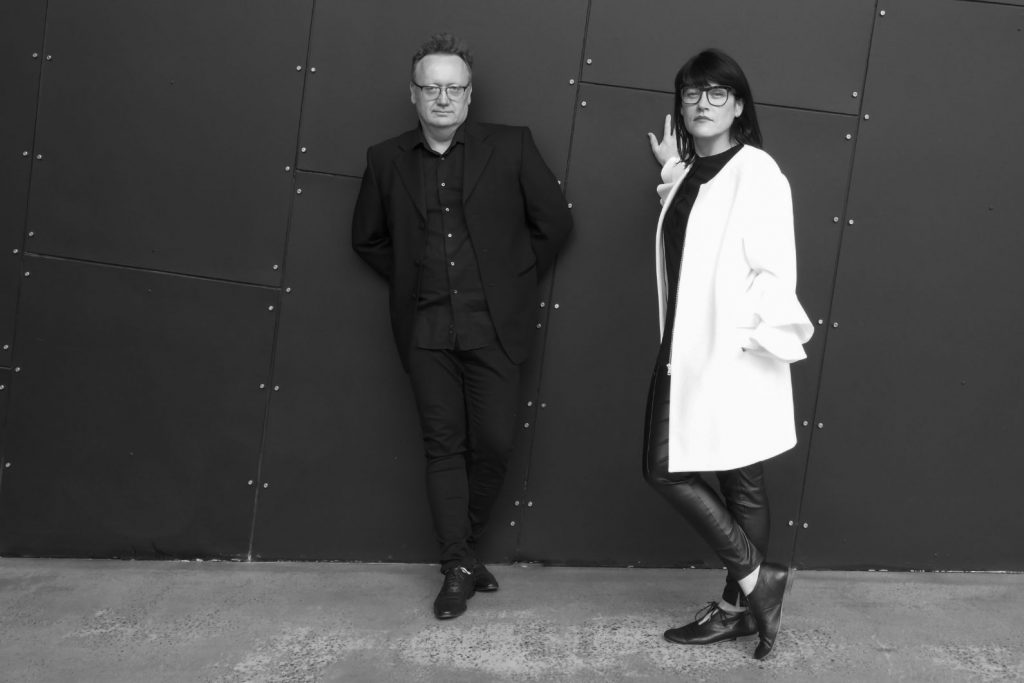
Gender bias exists in countless decisions that have been made about spaces. From the lighting in walkways to less life-threatening choices around the height of train handrails, or the distribution of funds to build football fields over facilities that may better support teenage girls.
While the necessary behavioural changes to end gender-based discrimination could take generations, rethinking the design of cities to better cater to women and gender-diverse people is one practical step we can take now.
Luckily, one group in Melbourne is driving this objective.
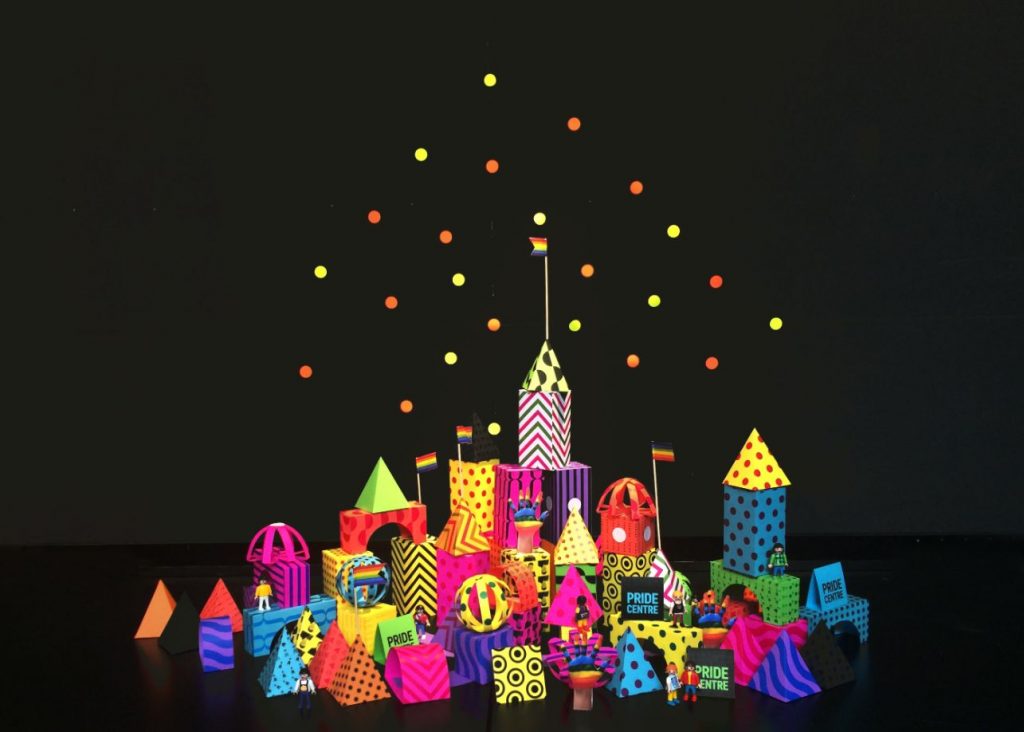
XYX Lab at Monash University is a team of experienced design researchers exploring gender-sensitive design practices and theory. Its work operates at the intersection of gender, identity, urban space and advocacy.
“We could see that there were issues – particularly around violence against women and sexual harassment – that were happening in public space, that were being addressed by the police, and sometimes by criminologists, and sometimes by things like crime prevention,” XYX Lab’s founding director Associate Professor Nicole Kalms tells inside.
“We were interested in: what is architecture’s practical role in thinking about how we might positively shape gender in urban spaces?”
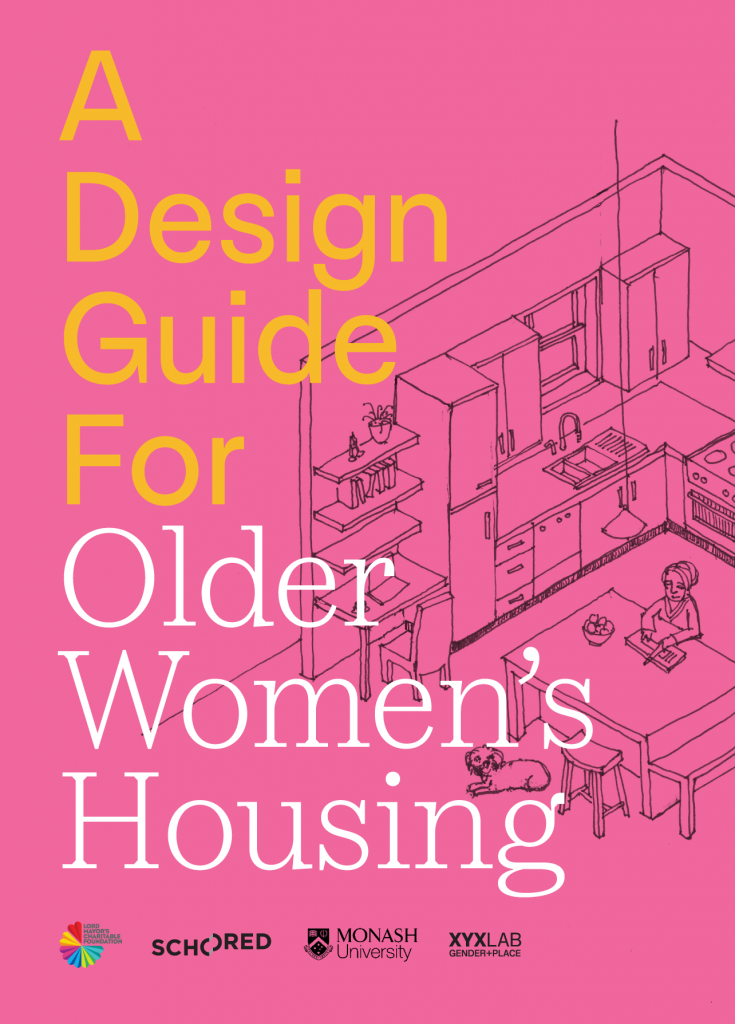
Determined to make a tangible impact, the Lab collaborates with real-world stakeholders, including other researchers, activists, affiliated groups, policy-makers and the broader public.
Its first project was with the Victorian Pride Centre (VPC) in 2016. The Lab facilitated co-design workshops with the VPC’s Board to surface a consensus on the aims of the first purpose-built centre for Australia’s LGBTIQA+ communities. It was the Lab’s first significant collaborative design engagement, opening the door to a diverse portfolio of projects.
In 2019, XYX Lab was then part of a multi-university research collective called TramLab, which developed toolkits for the Victorian State Government to help make public transport safer for women and girls.

It similarly teamed up with 23 local councils in 2021 for another project called YourGround. With the help of CrowdSpot, YourGround crowdsourced perceptions of safety in public spaces, literally mapping the often hidden experiences of women and gender-diverse people.
Over time, the Lab’s work has become increasingly intersectional.
Kalms was a research adviser to A Design Guide for Older Women’s Housing, published earlier this year. Led by one of the Lab’s PhD students, Samantha Donnelly, and in partnership with Schored Projects and several housing organisations, the guide addressed a gap in research on older women’s housing needs through an architectural lens.
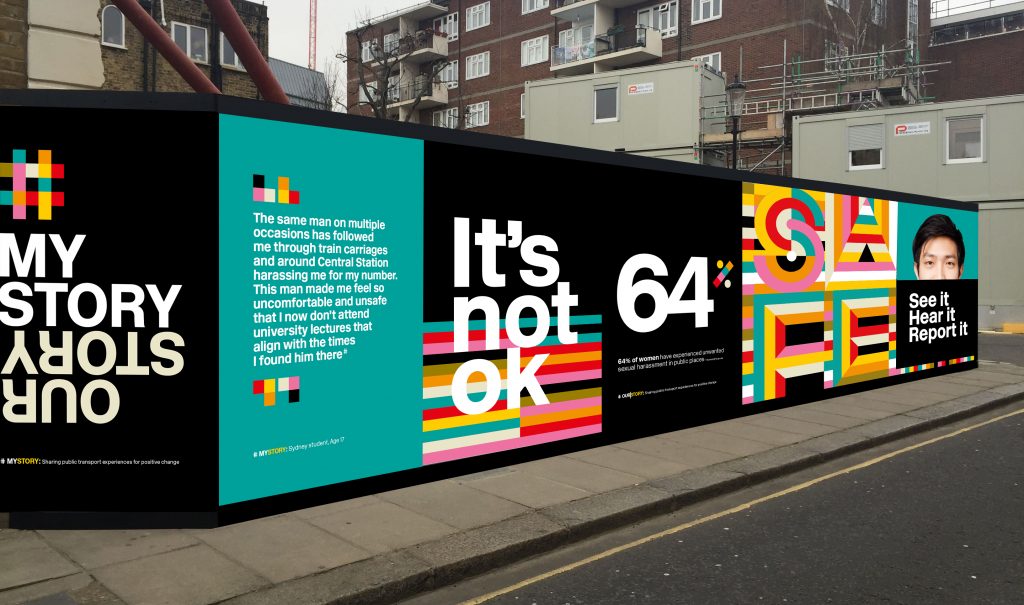
For the Design Guide, as in all XYX-affiliated projects, it was important to gather first-hand data from affected communities.
“The XYX lab is interested in engaging with the people that will presumably benefit from the work that we do,” says Kalms, “which means engaging with diverse communities of women, of gender diverse people, of people from different ethnicities, abilities and socio-economic groups, to really understand what their experiences are, rather than making assumptions about what we think that they need.”
Gaining that insight and specificity is a means to counteract the supposed ‘neutrality’ often sought after in architecture and design.
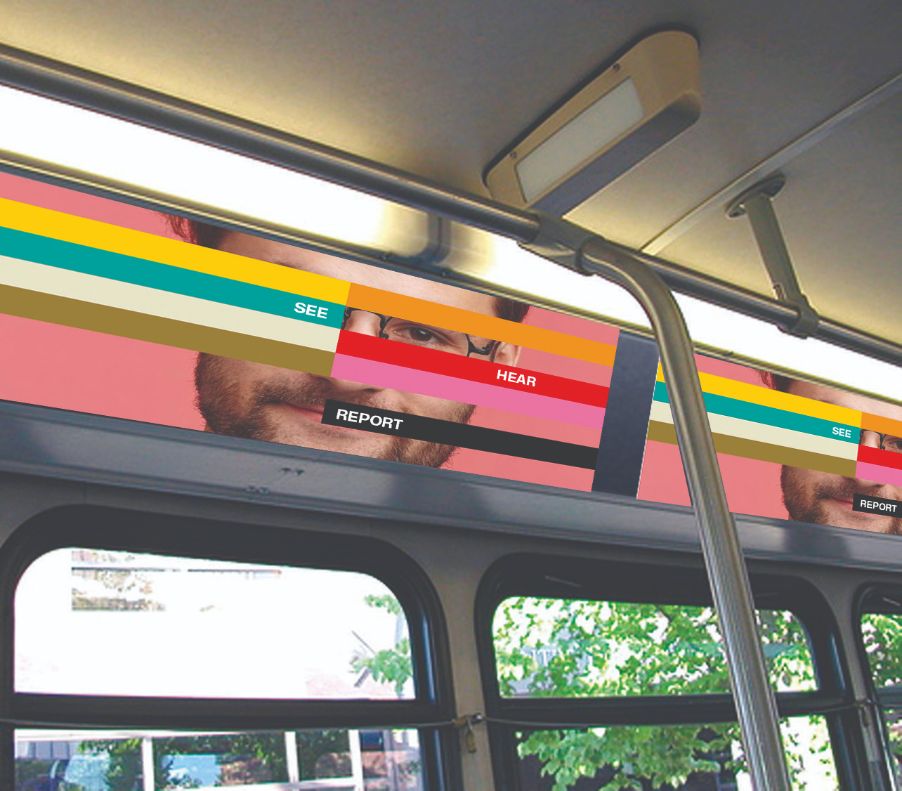
“I think designers embrace neutral design because they think it’s more inclusive but, increasingly, we’re finding out that that may not be the case,” explains Kalms.
“When we’re trained in design, whether that’s communication design, interior architecture, architecture or urban planning, we know that the canon we generally learn from is historically written by men and generally white men from a very particular period. That is changing, but we are indoctrinated into a way to think about design as a result of this education.
“And so the evidence suggests that when we’re starting to practise, we either refer to our own experiences – and whether we’re male or female, there will be bias contained within those experiences – or we try to be inclusive by defaulting to this supposedly ‘neutral’ position.”
Although there is diversity and wide-ranging expertise within its team, XYX Lab always foregrounds the issue of gender in its work.
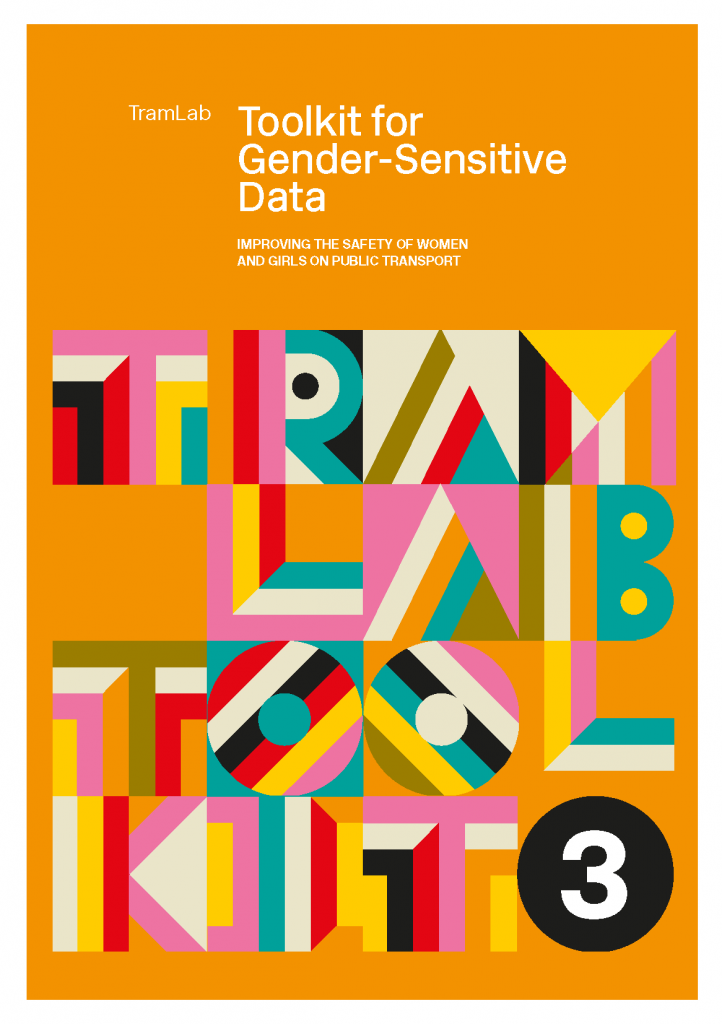
Taking on the role of ‘the gender expert’ or ‘the design expert’ in most collaborations, it then draws on the expertise of project partners or neighbouring labs within Monash Art Design and Architecture. XYX Lab is in conversation with the faculty’s Indigenous research lab, Wominjeka Djeembana, the Mobility Design Lab, the remit of which is transport, and the Informal Cities Lab, for its knowledge of sustainability.
Good collaboration, according to Kalms, allows people to be experts in their specific fields, and finds ways to bridge knowledge gaps between very different disciplines. Time, funds and effective leadership are equally important, which is what made TramLab such a successful undertaking in her eyes.
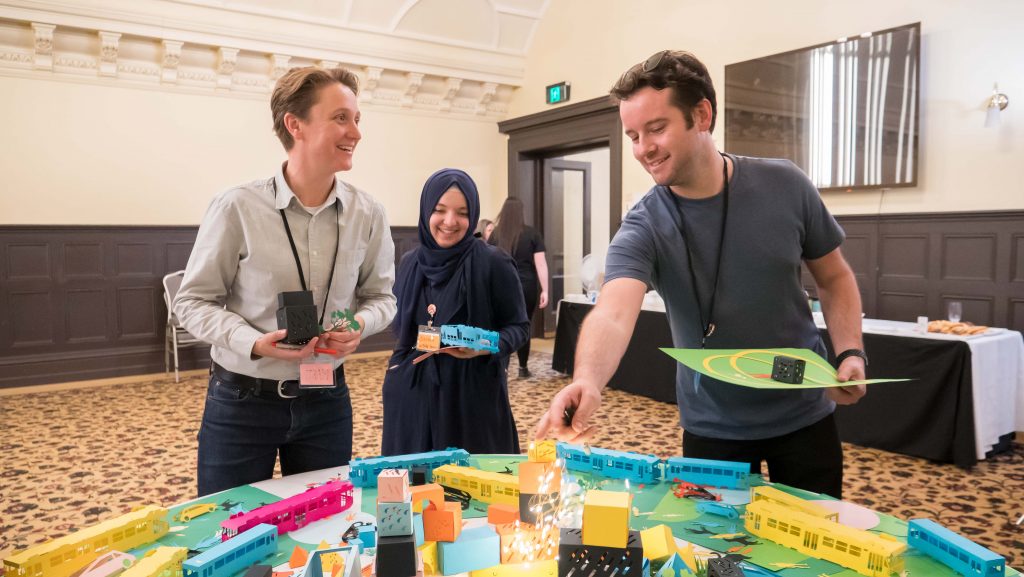
“We are committed to co-design. Each part of that component came together well,” she says of the initiative.
There are myriad issues to consider when designing the spaces that make up a city, from environmental impacts to Indigenous placemaking. While XYX Lab makes sure gender sensitivity stays on the agenda, it does not seek to privilege this perspective above any others, nor does it view them as being in conflict.
To illustrate this, Kalms points to a body of research that shows improving gender equity in cities can help tackle climate change.
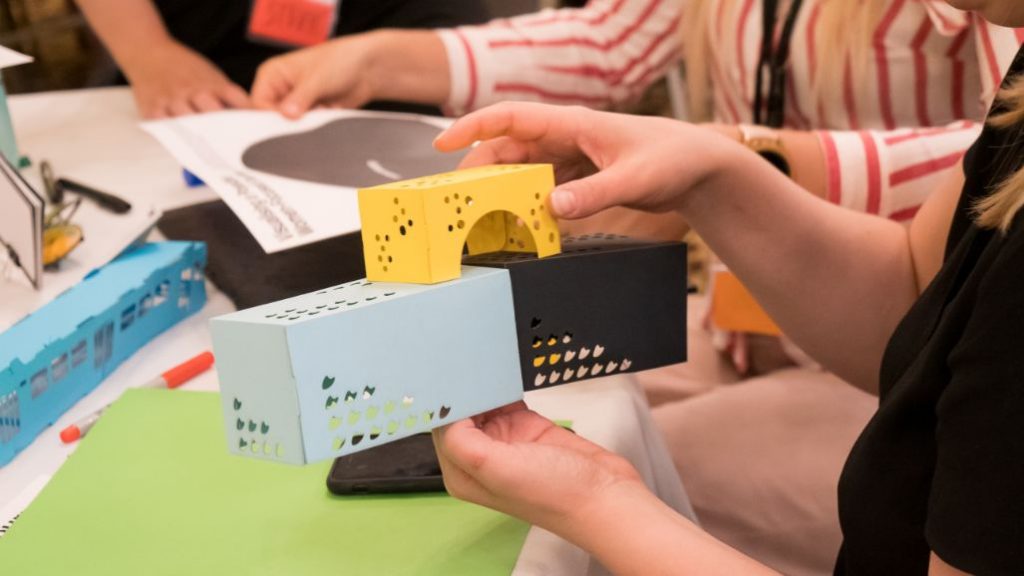
For example, there is evidence that suggests women’s travel patterns align better with climate and sustainability goals when compared with the travel patterns of men. Giving greater consideration to safety on public transport would therefore be paramount to improving both women’s mobility and the environmental sustainability of a city.
“I think that we underestimate the relationship between these things,” says Kalms.
“We place them in opposition, rather than thinking about how, together, they build a bigger narrative around supporting each other.”
Photography by Monash University XYX Lab unless otherwise stated.
This article originally ran in inside magazine. Grab a copy on newsstands now or online from the ADR store.


















